How to Write a Great Book Subtitle [With Examples]

Sometimes, a book title alone isn’t enough to capture readers’ attention.
Enters the book subtitle.
This often-overlooked element can transform a vague book title into a compelling promise. Here’s what you need to know about book subtitles.
Main takeaway:
Subtitles clarify a book's content and purpose, enhancing its appeal to the target audience and improving discoverability. An effective subtitle balances specificity and brevity, providing key information about the book's value to readers.
A. What Is a Book Subtitle?
A book title’s subtitle is a phrase part of your book’s metadata that appears below the main title of a book, typically in smaller font. It works as a mini-explanation and offers more context about the book's content.
The subtitle book concept serves as a bridge between the catchy, memorable title and the book's actual content. Understanding what a subtitle is in a book helps authors and publishers make their work more appealing.
The primary function of a subtitle is to explain the book's content and purpose. While the main title might be intriguing or provocative, the subtitle offers a more detailed description of what readers can expect.
For example:
- In Eat, Pray, Love: One Woman's Search for Everything Across Italy, India, and Indonesia, the subtitle clearly outlines the book's journey and geographical scope.
- In Marketing to Mindstates: The Practical Guide to Applying Behavior Design to Research and Marketing, the subtitle clearly outlines the book's focus and practical application.
Consider the book's structure as a name: the title is the first name, the author's byline acts as the surname shared across their works, and the subtitle serves as the middle name. While not the primary identifier, the subtitle is a permanent part of the book's identity.
Why use book subtitles?
Book subtitles play a vital role in marketing and discoverability. They provide additional keywords for search engines, improving the book's visibility in online searches. This SEO benefit can significantly impact a book's reach in the digital marketplace.
Moreover, subtitles help potential readers understand the book's value proposition. They answer the critical question: "What will I gain from reading this?" This information can be the deciding factor for a potential buyer considering a purchase.
In the world of nonfiction, where books often tackle specific topics or offer particular solutions, subtitles become even more important. They allow authors to specify their target audience, outline the book's approach, or highlight its unique perspective on a subject.
B. What Makes a Good Book Subtitle?
When crafting a subtitle, authors should aim for clarity and conciseness.
The subtitle should complement the main title without overshadowing it. It's an opportunity to include relevant keywords naturally.
While people may not always remember the exact wording of a subtitle, its essence often sticks with them. In conversations about the book, readers might recall the general idea conveyed by the subtitle, which can spark interest in others.
In the publishing industry, subtitles are often subject to change during the editorial process. Publishers may refine or completely revise a subtitle to better position the book in the market. This flexibility allows for optimization based on market trends and reader preferences.
Here are the key elements of a compelling book subtitle:
1. Sets the stage: The contextual subtitle
A contextual subtitle provides clarity and direction for the main title.
For example, these subtitles clarify each title's broad subject and position it for a general audience.
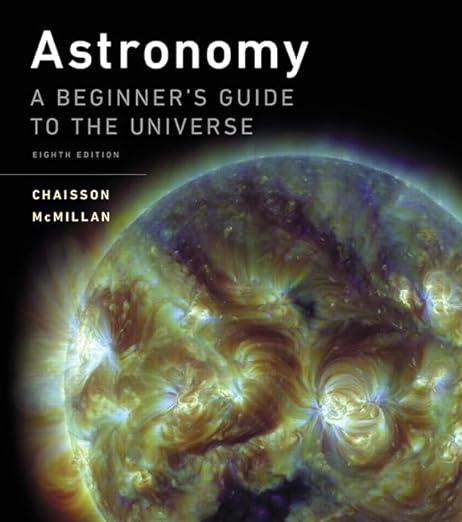

2. Hooks readers in: The attention-holding subtitle
An effective subtitle maintains the interest sparked by the main title. It intrigues readers and makes them want to learn more about the book.
This element bridges the gap between initial curiosity and the decision to purchase or read the book.
Take these subtitle examples:

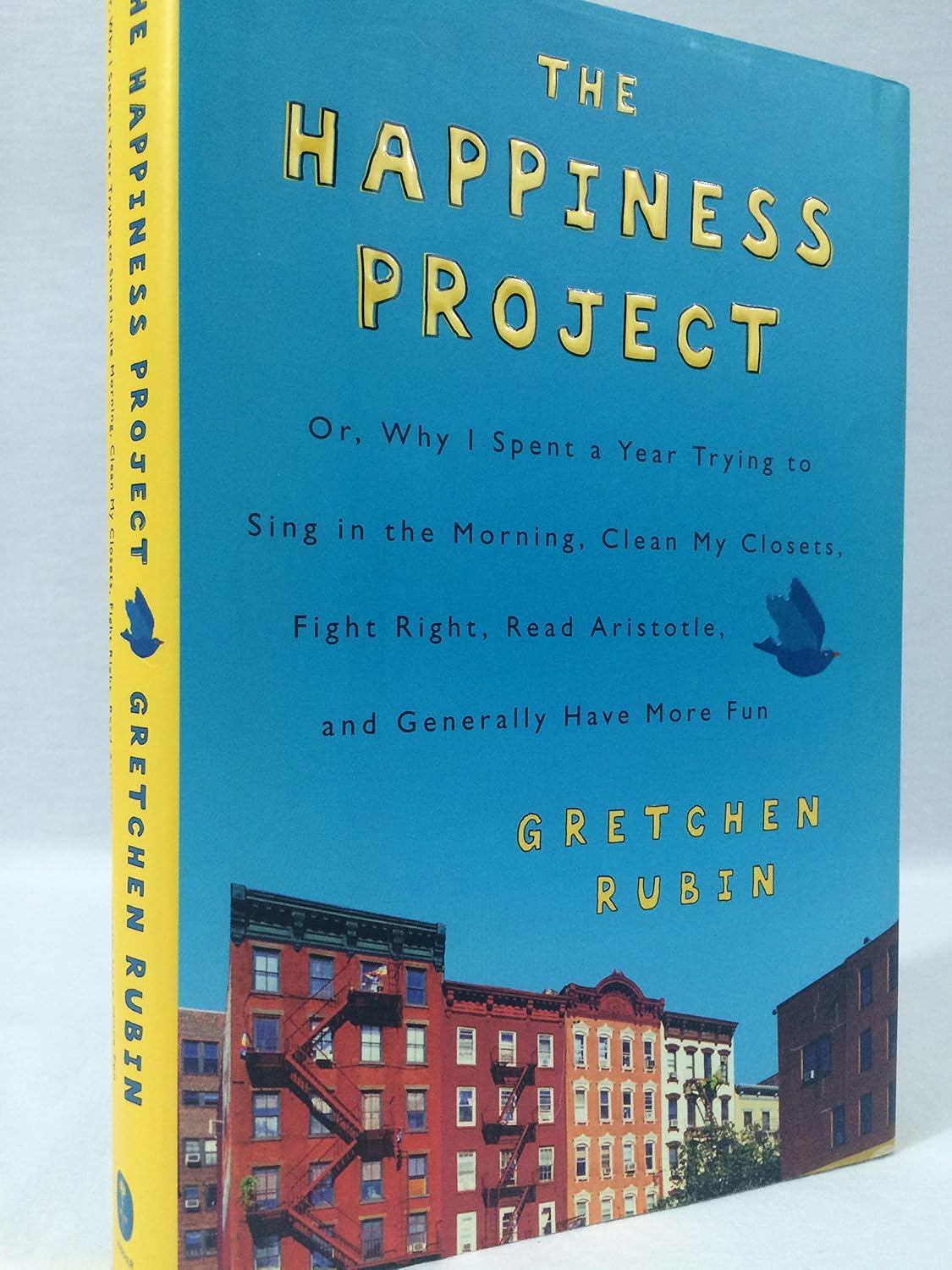
3. Gets found: The searchable subtitle
A good subtitle incorporates relevant keywords that potential readers might use when searching for books on the topic. This enhances the book's visibility on online platforms and helps it reach its intended audience.
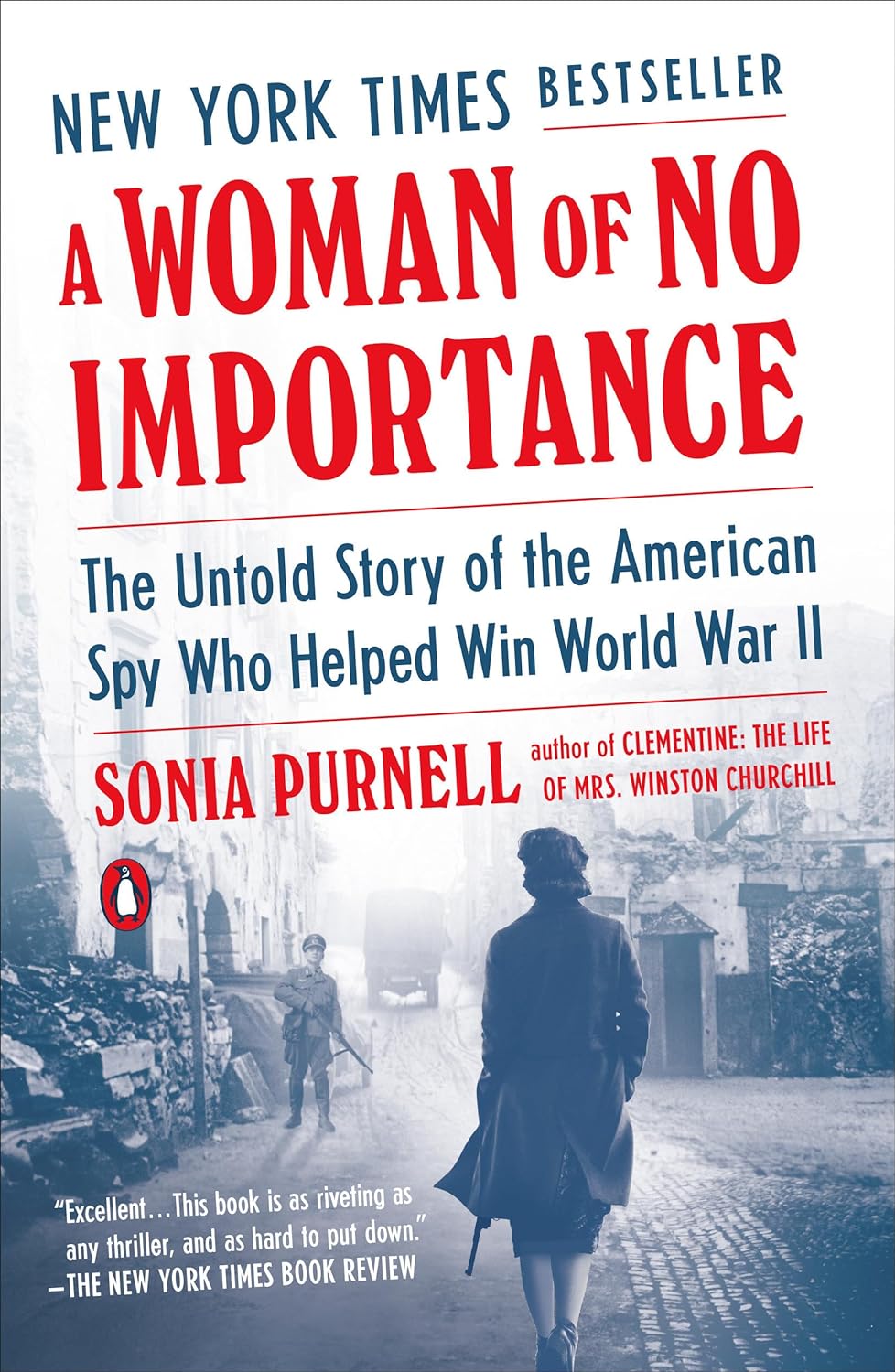
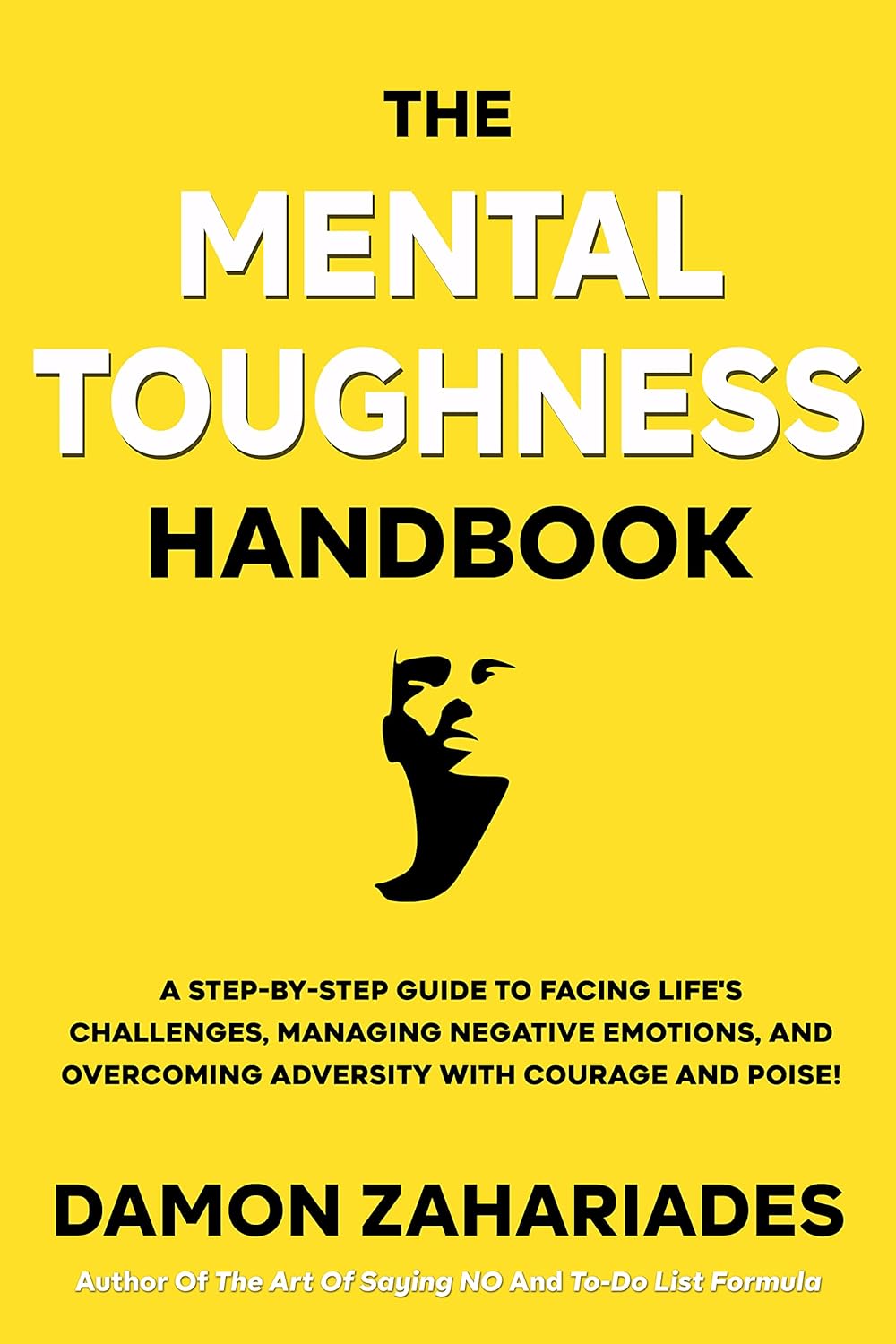
These title and subtitle examples show a good combination of keywords, topped with a catchy title and appealing cover design.
4. Crystal clear communication: The easy-to-read and say subtitle
Simplicity in language and structure is vital for a subtitle.
It should be easily understood and pronounced, avoiding complex terminology or complex phrasing.
This accessibility ensures that the subtitle can be easily remembered and shared by readers, like in the subtitle examples below.


5. Targets the right audience: The specific subtitle
A well-crafted subtitle indicates the book's intended audience and the value it offers. It should be specific enough to attract the right readers while communicating the book's unique selling proposition.
This targeted approach helps the book stand out in a crowded market. For example, the subtitles below.

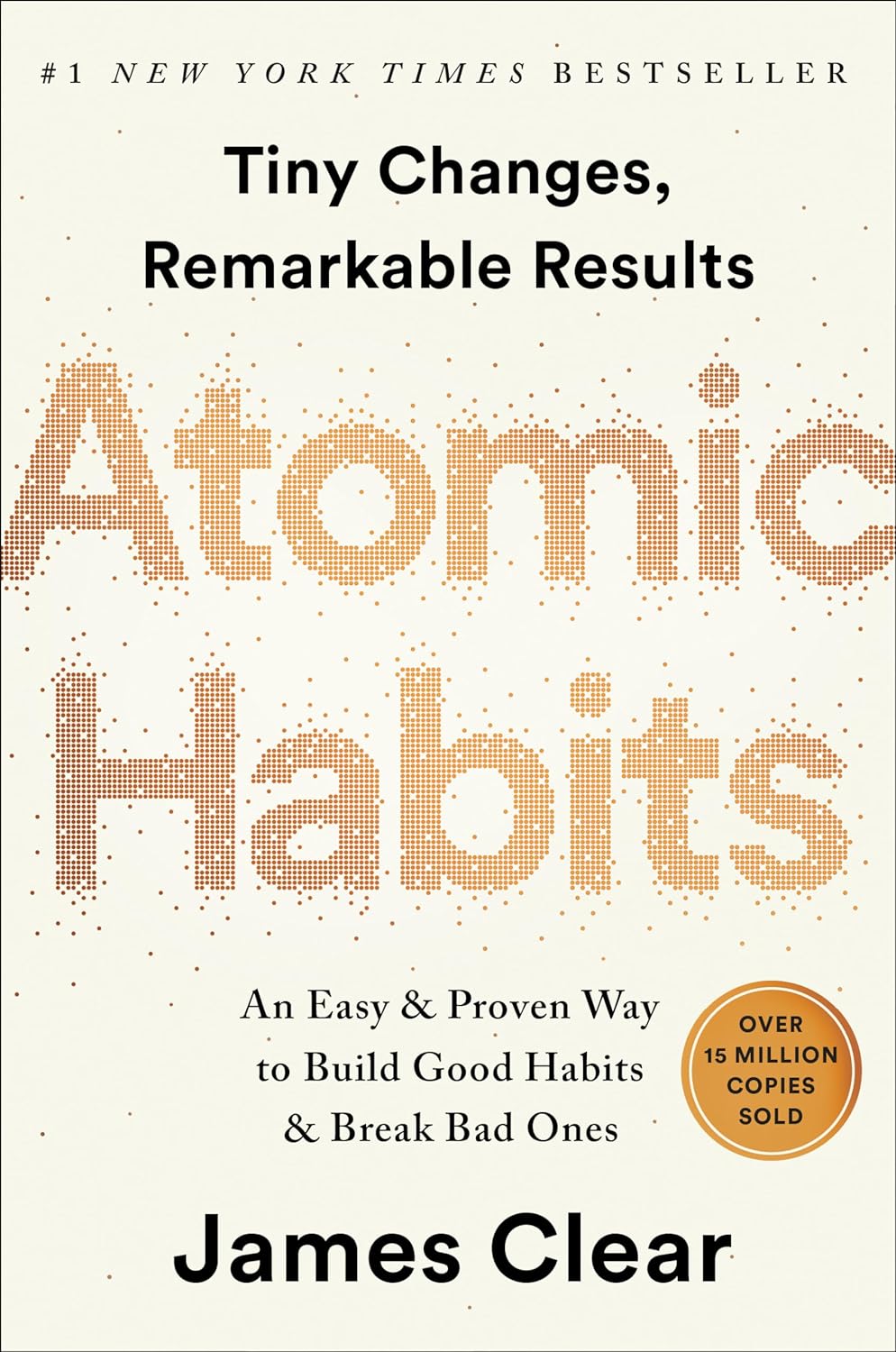
6. Short and informative: The concise subtitle
A good subtitle provides enough detail to clarify the book's focus without becoming overly long or complex – a perfect balance between brevity and informativeness that ensures the subtitle can fit comfortably on the book cover while still conveying essential information.
Less is more in these title and subtitle example combos.
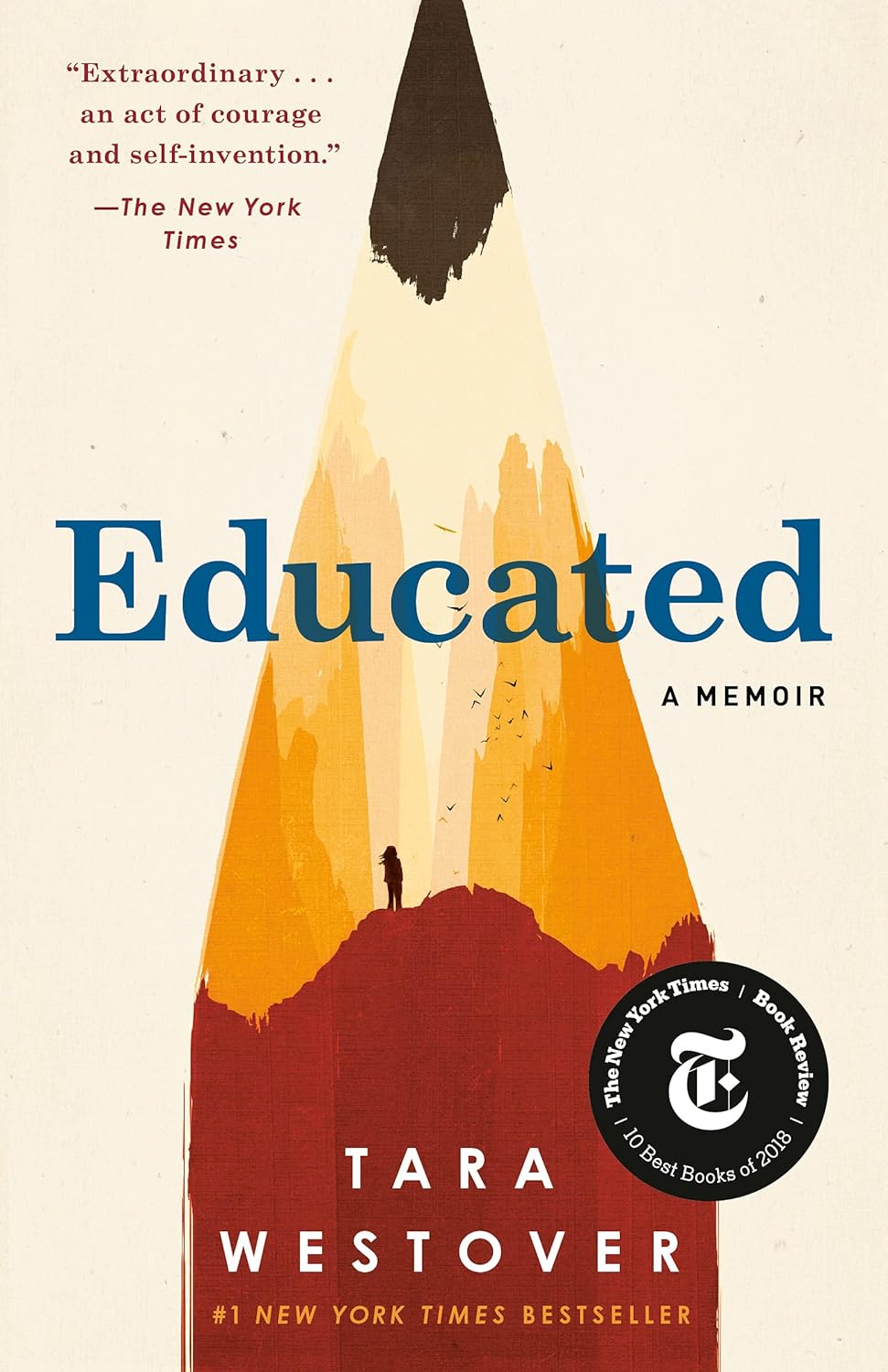
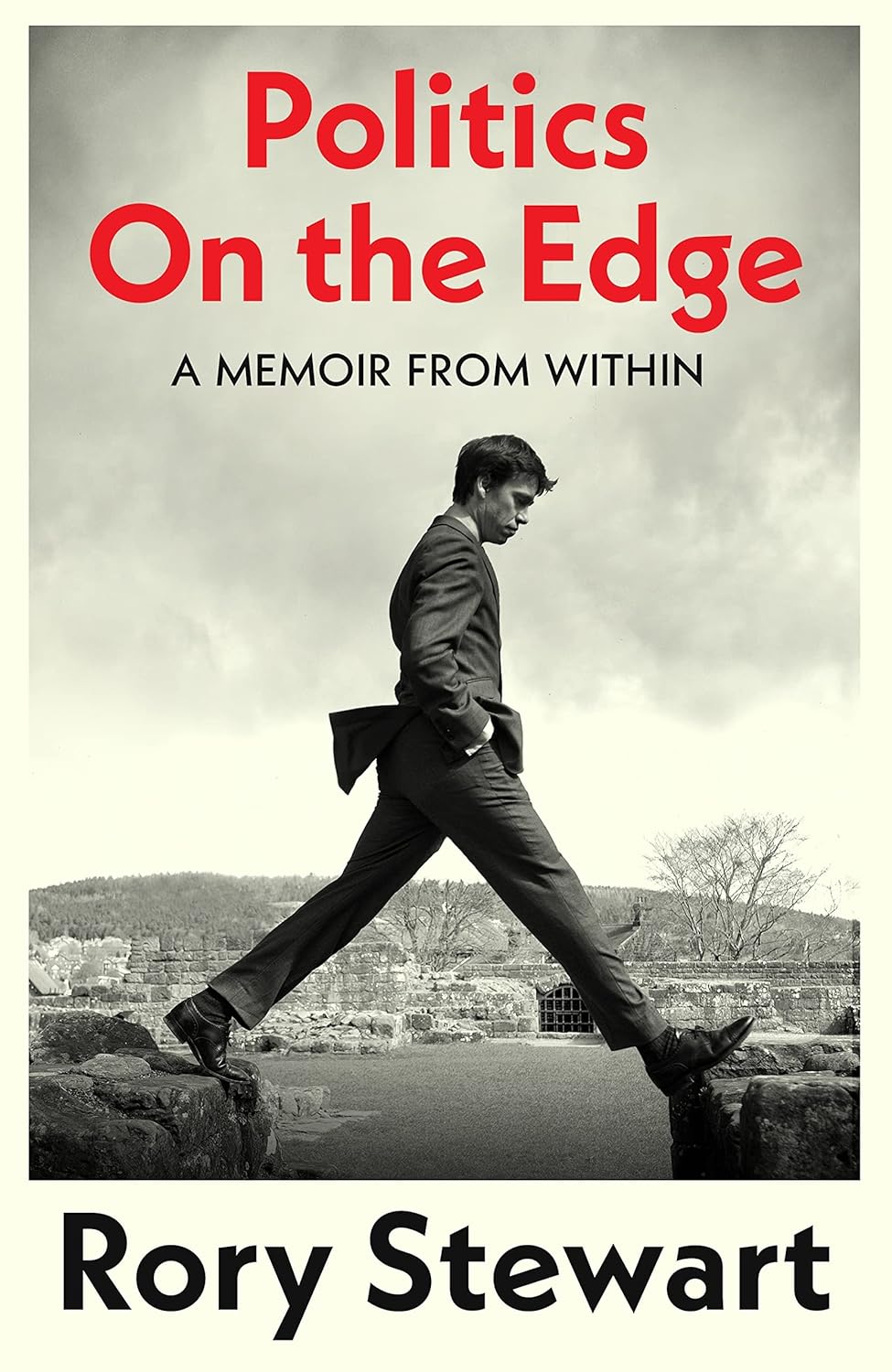
C. How to Write a Good Book Subtitle
Two options:
1. Use PublishDrive Publishing Assistant
If you need assistance or want to delegate the task to a professional subtitle writer, you can use PublishDrive's Book Metadata Generator, which is part of the Publishing Assistant.
PublishDrive's Publishing Assistant is a comprehensive tool that encompasses several functions.
The first in the series is an AI-powered Book Metadata Generator, which analyzes your content and suggests titles, subtitles, blurbs, and categorization (Amazon, BISAC) based on industry standards.
Many authors prefer to focus on the creative aspects of publishing; however, without effective metadata, their books may lack discoverability.
Our metadata generator addresses this issue by using the book's content and industry best practices to create multiple subtitle and blurb versions suitable for both fiction and non-fiction books.
Here's how to craft a subtitle with our assistant, Alexandra:
- Sign Up or Login to access the service.
- Find the Publishing Assistant option when logging into PublishDrive, or navigate to Apps on the right-hand side from your Distribution dashboard and select Publishing Assistant.
- Click to create a task and upload your manuscript (EPUB, DOCX, or PDF).
- Fill out your book's information. When ready, click start, and your new task will appear in the left-hand panel. AI analysis takes about five minutes.
- Receive recommendations for title, subtitle, blurb, Amazon categories, BISAC categories, keywords, and more.
- Refine the suggestions and export the metadata as a PDF or proceed with publishing.
2. Write it yourself: 10 tips
Here are some tips to achieve a compelling, catchy, and clever subtitle.
👉 Define your book's purpose
Identify what your book will do for the reader. A strong book subtitle communicates who the ideal readers are and what benefit they'll gain from reading.
👉 Match the book's tone
Ensure your book subtitle reflects the overall tone of your work, whether it's humorous, serious, optimistic, or authoritative.
👉 Start with a literal description
Begin the subtitle book process by writing a literal description of your book's content, then refine it from there.
👉 Be specific
Narrow down your target audience and the key takeaways. Book subtitles should be as specific as possible to attract the right readers.
👉 Refine your message
Eliminate redundancies and alternatives in your description. Focus on the core message of your book.
👉 Consider catchy phrases
Explore using slang or catchier phrases in your book subtitle to provoke an emotional response while maintaining the meaning.
👉 Check for conflicts
Research to ensure your subtitle doesn't infringe on trademarks or closely resemble existing book subtitles. Also, verify that your chosen phrases don't have unintended meanings in popular culture.
👉 Test your subtitles
If possible, test your top subtitle choices using market data, such as Google Ads, to stir potential reader interest.
👉 Iterate and refine
Don't expect to craft the perfect subtitle immediately. Book subtitles often require multiple iterations and refinements to reach their final form.
👉 Align it with the title
Ensure your subtitle gives context and direction to your main title, creating a cohesive message for potential readers.
Wrapping Up
An effective book subtitle is essential in publishing. It is a powerful tool to clarify your book's purpose, attract the right audience, and boost discoverability. Give it the time it needs to make your book shine. Then, publish away!